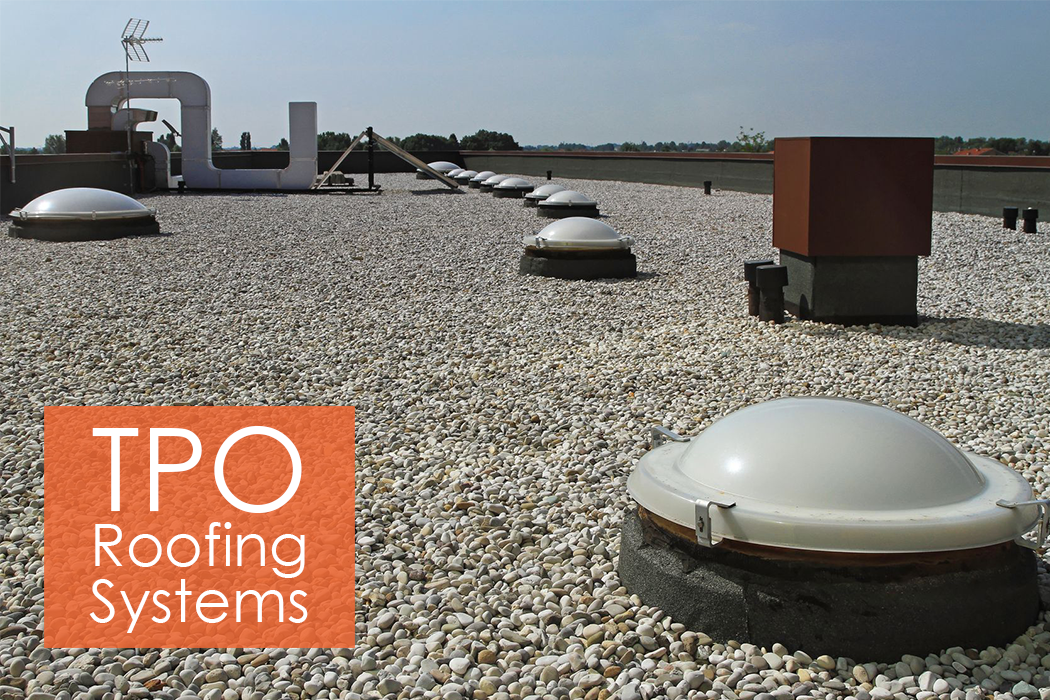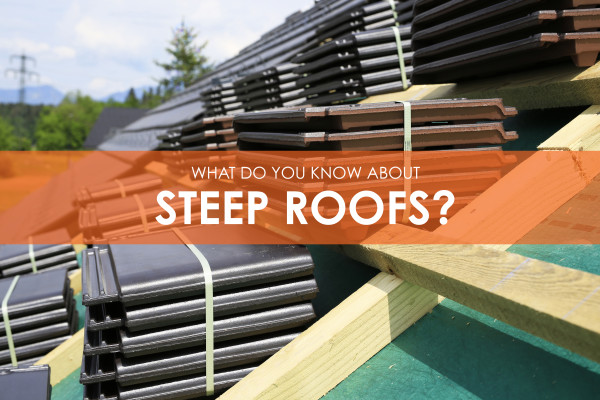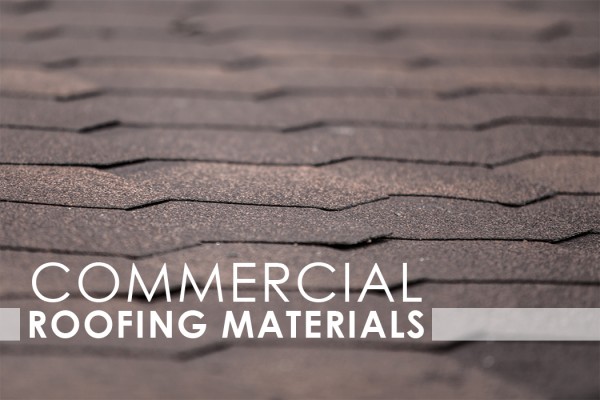TPO or Thermoplastic Polyolefin Roof System consists of two materials – polypropylene and ethylene-propylene rubber. Together, these materials are polymerized to create a TPO single-ply roofing film. TPO exhibits a fine resistance to ozone and algae and is flexible at low temperatures, making it suitable for colder climates and is considered environmentally safe.
Typically, the width of the TPO membrane sheet varies from 6 to 12 feet, with thickness between 40 and 100 mils.
Installing TPO
There are three ways to install a TPO roof:
• Mechanically attach it
• Fully adhered
• Ballasted to the base surface of the roof itself
When attached mechanically, TPO roofing is attached to the roof base using a screw-type bolt. Fully adhered thermoplastic roofing means a special adhesive is used. The adhesive chemically bonds the membrane to the roof base. Finally, when ballasted, the TPO membrane is laid over the surface of the roof, sealed and the perimeter covered by a thick layer of river rock.
TPO Advantages
There are quite a few advantages to TPO roofs for both residential and for commercial buildings.
First of all, it is UV and heat resistant and stays flexible throughout its long lifespan. Also, as mentioned before, it is environmentally safe and can be recycled.
Apart from this, thermoplastic roofing systems are also resistant to several types of chemicals, are easy to maintain and are a great energy saver. This is because their white color actually helps lower the amount of energy needed to cool down the building itself. With less energy consumed come fewer pollutants that can be introduced into the atmosphere.
TPO systems contain no chlorine and have a cleaner and safer manufacturing process than most other roofing systems out there.




